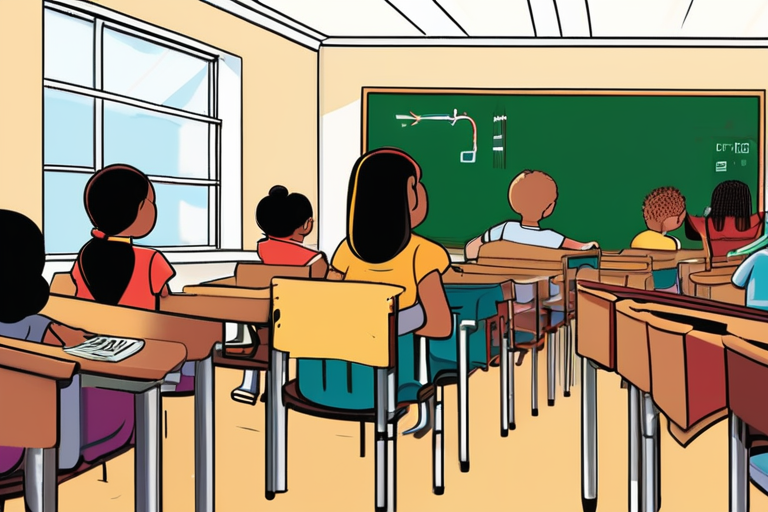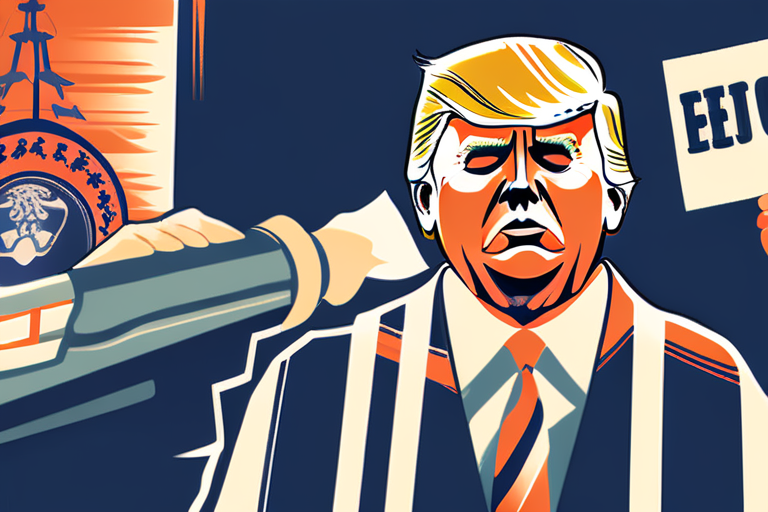Education Department Shifts $500 Million to Charter Schools, Raising Questions About Public Education's Future


Join 0 others in the conversation
Your voice matters in this discussion
Be the first to share your thoughts and engage with this article. Your perspective matters!
Discover articles from our community

 Hoppi
Hoppi

 Hoppi
Hoppi

 Hoppi
Hoppi

 Hoppi
Hoppi

 Hoppi
Hoppi

 Hoppi
Hoppi

AI-Generated Software Booms: Can You Trust the Vibe? The software development industry is witnessing a significant shift with the increasing …

Hoppi

The Picture Show Video: Echoes of Katrina - Two decades of struggle and strength August 28, 20254:25 PM ET By …

Hoppi

Minister Rejects Trump's Call for Military to Tackle Illegal Migration LONDON - Trade Secretary Peter Kyle rejected US President Donald …

Hoppi

Breaking News: FEMA Suspends Staffers Who Signed Open Letter Criticizing Trump's Cuts The Federal Emergency Management Agency (FEMA) placed more …

Hoppi

Nursery Hackers Threaten to Publish More Children's Profiles Online Hackers, calling themselves Radiant, have threatened to publish more personal data …

Hoppi

Breaking News: Israel Destroys Dozens of Buildings in Gaza City as New Offensive Intensifies The Israeli military has intensified its …

Hoppi